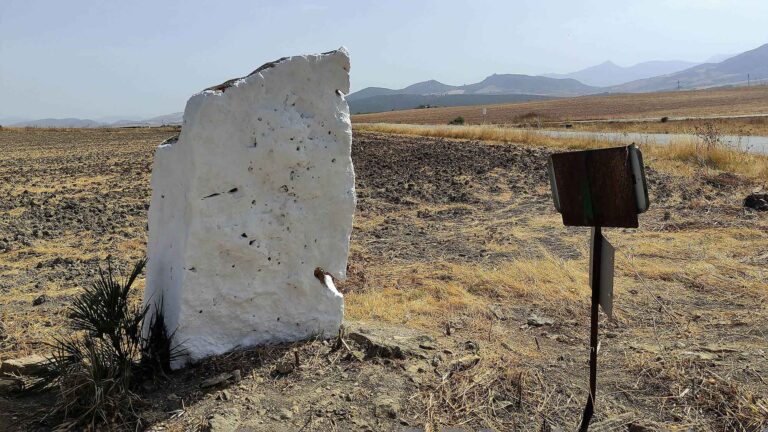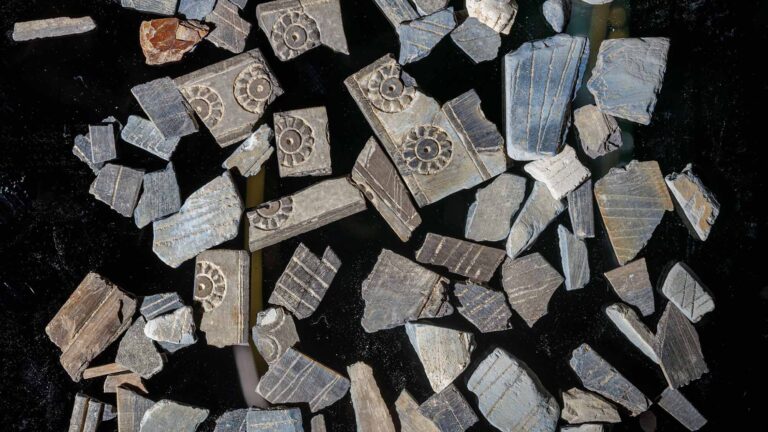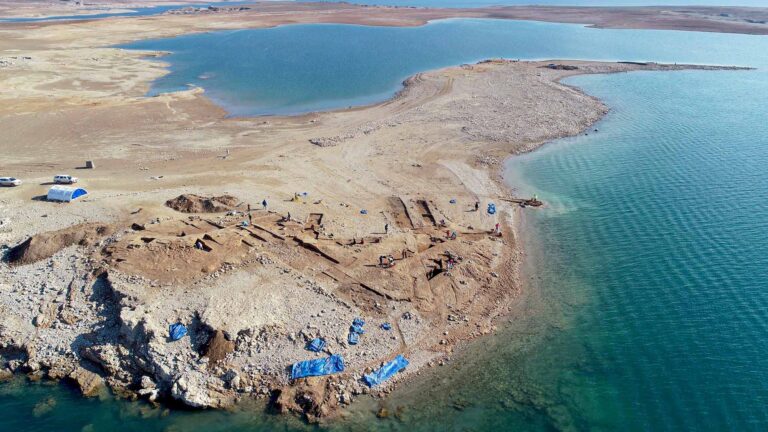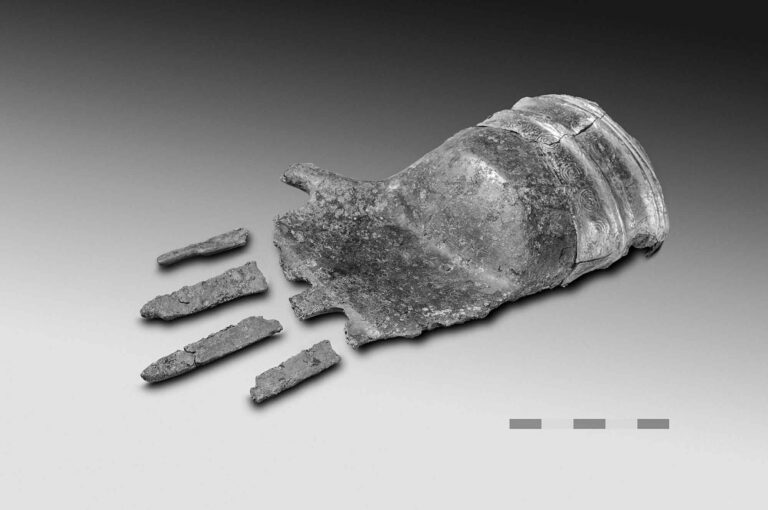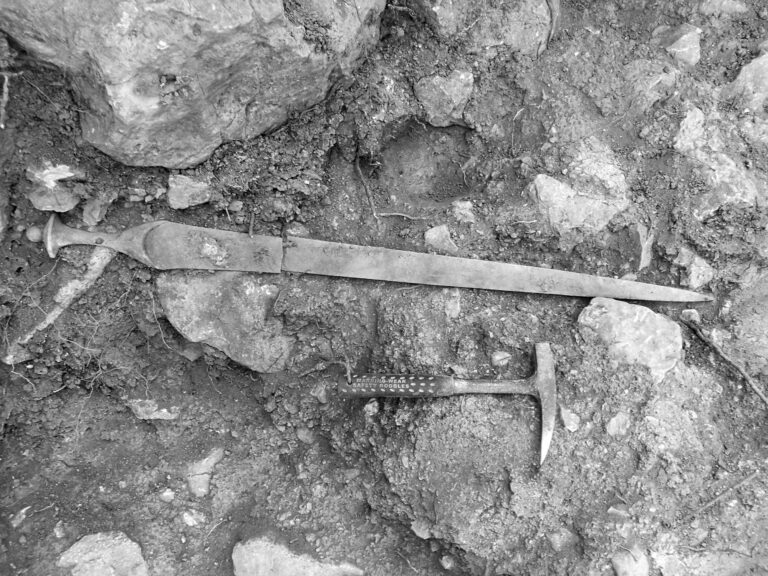
Prehistoric Bronze Age daggers weren't used as weapons but mainly as tools for skinning animal carcasses, reveals new research.The knives, made from copper alloy, were widespread in Europe including Britain and Ireland, appearing around 5,000 years ago. See SWNS story SWNNdaggers. As most of these daggers have been recovered as burial goods in warrior graves it was thought they had a ceremonial purpose to show the status of the deceased. But Newcastle University scientists developed a new technique to study organic material on the blades. They discovered lots of traces of bone and sinew of animals and when they made reproductions of them found that skinning animals was their best use. Archaeologists have long debated what these objects were used for, with some saying they were primarily ceremonial objects used in prehistoric funerals and others suggested that they may have been used as weapons or tools for crafts.
Prehistoric Bronze Age daggers were mainly used as tools for skinning animal carcasses rather than as weapons, reveals new research. The knives, made from copper alloy, were widespread in Europe…
